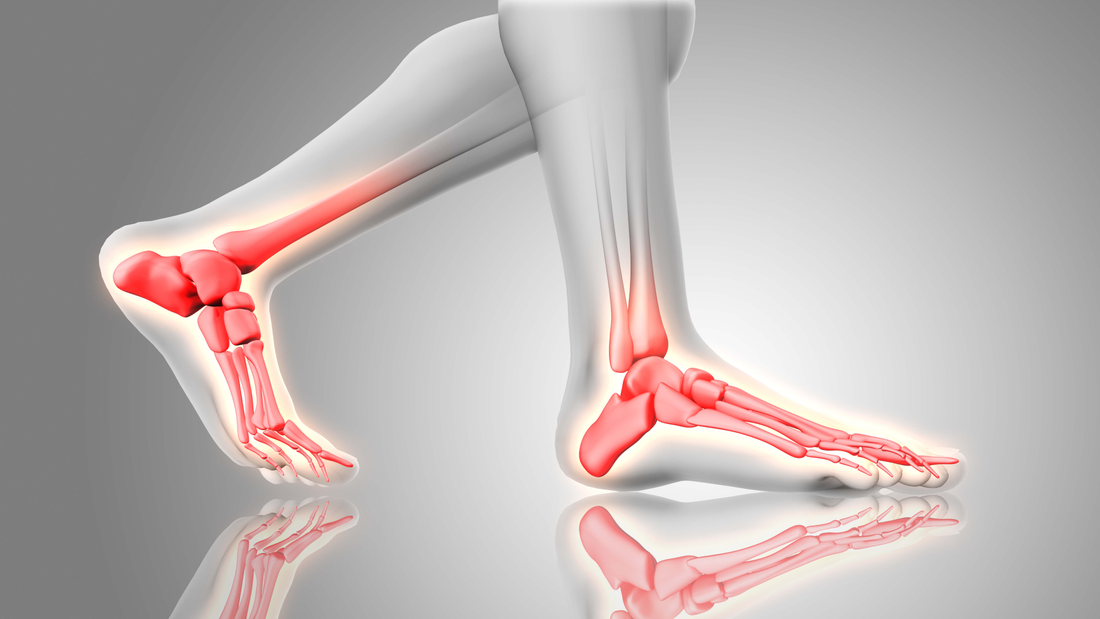When it comes to footwear, the choices we make often reflect more than just fashion trends—they can be deeply rooted in culture, history, and an understanding of health. As awareness of foot health increases, many cultures have developed unique approaches to orthopedic footwear that prioritize comfort, support, and overall well-being. In this blog, we'll explore how different cultures embrace orthopedic footwear, highlighting traditional practices and contemporary innovations.
1. The Japanese Geta: Tradition Meets Support
In Japan, the geta, a type of traditional wooden sandal, has been used for centuries. While not an orthopedic shoe in the modern sense, its elevated design helps keep the feet dry in wet conditions and encourages proper posture. The geta promotes a natural foot position, aiding in balance and stability. Today, there are modern interpretations of the geta that incorporate ergonomic designs, providing more support and comfort for contemporary wearers.
2. Chinese Slippers: The Art of Comfort
In China, traditional cloth slippers often feature soft materials and a design that allows for breathability and comfort. These slippers may not offer the structure of contemporary orthopedic shoes, but they emphasize the importance of comfort in daily wear. Recently, there has been a rise in hybrid styles that blend traditional designs with orthopedic features, promoting better foot health while preserving cultural heritage.
3. The Mexican Huarache: Flexibility and Functionality
The huarache, a traditional Mexican sandal, is known for its woven leather design that allows for breathability and flexibility. Modern versions of huaraches have adopted orthopedic elements such as cushioned soles and arch support, making them suitable for those who need additional foot care. The blend of tradition and innovation showcases how cultural footwear can evolve while remaining true to its roots.
4. Indian Jutti: A Blend of Style and Support
The jutti, a traditional Indian flat, is often adorned with intricate designs and vibrant colors. While traditional juttis can sometimes lack adequate arch support, many modern artisans are now creating versions that include orthopedic insoles. These designs maintain the aesthetic appeal of juttis while ensuring better support for the feet, making them more suitable for daily wear.
5. Western Influences: Sneakers and Beyond
In Western cultures, the rise of orthopedic sneakers has made significant strides in combining style with support. Brands are increasingly incorporating advanced technologies into their designs, such as arch support, shock absorption, and breathable materials. This trend reflects a growing understanding of foot health and the importance of investing in quality footwear, especially for those with existing foot problems.
6. Nordic Design: Functionality Meets Minimalism
In Scandinavian countries, minimalist design plays a crucial role in footwear. Brands like Mammut and Kavat focus on ergonomic designs that provide support without compromising style. Their orthopedic shoes often feature natural materials and are crafted to promote healthy foot alignment, catering to the region's active lifestyle.
7. Innovations in Orthopedic Footwear: A Global Perspective
As global awareness of foot health continues to grow, many companies are working to create orthopedic footwear that reflects diverse cultural aesthetics. Collaborations between designers and podiatrists are resulting in shoes that cater to specific foot conditions while also celebrating cultural heritage. These innovations allow people to embrace their cultural identities without sacrificing comfort and support.
Conclusion
Foot health is a universal concern, and different cultures have found unique ways to address it through their footwear choices. From traditional designs that prioritize comfort to modern innovations that incorporate orthopedic features, the global approach to foot health is rich and diverse. As we become more aware of the importance of supportive footwear, we can look to these cultural practices for inspiration—reminding us that comfort, health, and style can coexist beautifully in our choices.

